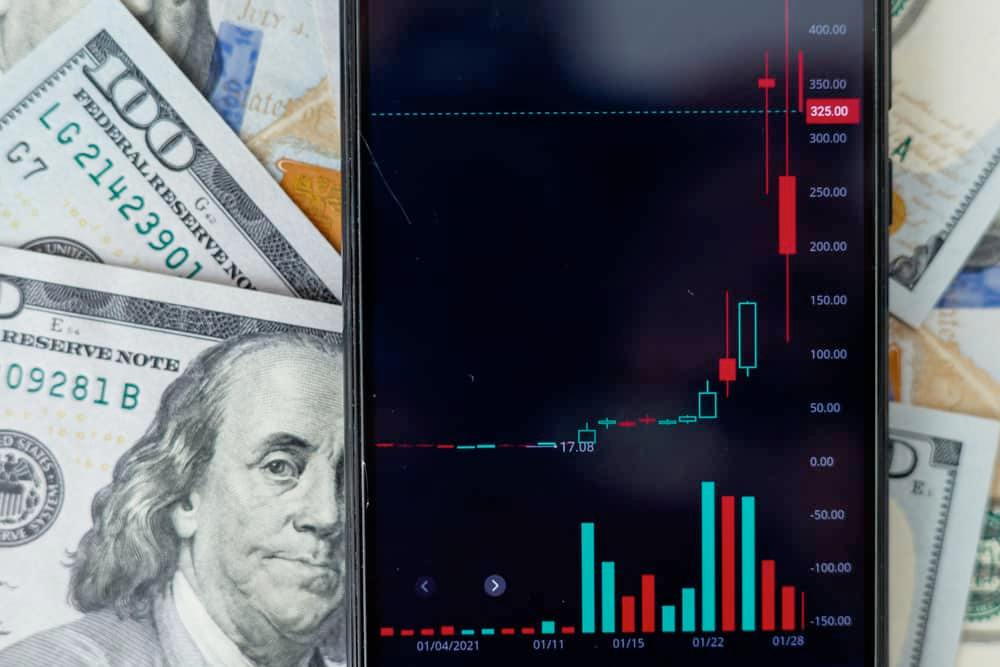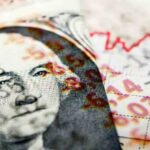The stock market is bearing the brunt of recessionary concerns in the United States, with most equities registering significant sell-offs.
Particularly, in a staggering blow to the markets, $2.9 trillion was wiped from stocks in the early trading hours of August 2 amid mounting fears of a global recession. The sharp sell-off marks the worst day since the 2020 COVID-19 crash.
Biggest market losers
The market heat map paints a grim picture, with deep red dominating most sectors. Leading technology stocks, such as Microsoft (NASDAQ: MSFT) and Nvidia (NASDAQ: NVDA), have plunged by over 2% and 5%, respectively. Communication services giants like Alphabet (NASDAQ: GOOG) and Meta Platforms (NASDAQ: META) also saw significant declines, falling by 2.7% and 3.3%.

Consumer cyclical stocks were not spared, with Amazon (NASDAQ: AMZN) taking a massive hit, dropping 11%. Tesla (NASDAQ: TSLA) also experienced a notable decline of 1.92%. The financial sector also saw major losses, with JPMorgan Chase (NYSE: JPM) down by 1.84% and Berkshire Hathaway (NYSE: BRK-A) by 1.45%.
Healthcare, a sector usually seen as a safe haven during market turmoil, witnessed mixed performance. While some companies like Novo Nordisk (NYSE: NVO) remained resilient with a slight gain of 3.23%, others like Eli Lilly (LLY) fell by 4.14%.
Consumer defensive stocks, typically considered more stable during economic downturns, also suffered. Procter & Gamble (NYSE: PG) and Coca-Cola (NYSE: KO) declined by 1.66% and 0.92%, respectively.
The energy and utilities sectors, often seen as more stable investments, faced substantial losses. Exxon Mobil (NYSE: XOM) and Chevron (NYSE: CVX) both saw declines, indicating the widespread nature of the market downturn.
Escalating recession worries
The ongoing sell-off was earlier highlighted by movement in the “Magnificent 7” tech giants. As reported by Finbold, these companies have collectively witnessed a swing of over $3 trillion in market value within the past three weeks, raising more concerns about the possibility of an economic downturn.
The growing concerns also rattled investors in Europe and Asia. Notably, there are overarching concerns that the US might be sliding toward a recession, spurring a global sell-off that intensified after a poor employment report revealed a rapidly cooling jobs market, driving up the unemployment rate. The economy added 114,000 workers last month, falling well short of economist expectations of 185,000 jobs.
With the unemployment rate reaching 4.3% in July, the three-month moving average is at least 0.5 percentage points above the minimum of the previous 12 months’ averages. This triggers the Sahm rule, which signals a recession.
According to the rule, reaching the 0.5% threshold indicates a recession. When the jobless rate rises quickly, it suggests the economy is slumping.
Overall, economists worry that the US economy might be weaker than the Federal Reserve had anticipated, potentially forcing the Fed to cut borrowing costs sharply.
Disclaimer: The content on this site should not be considered investment advice. Investing is speculative. When investing, your capital is at risk.









